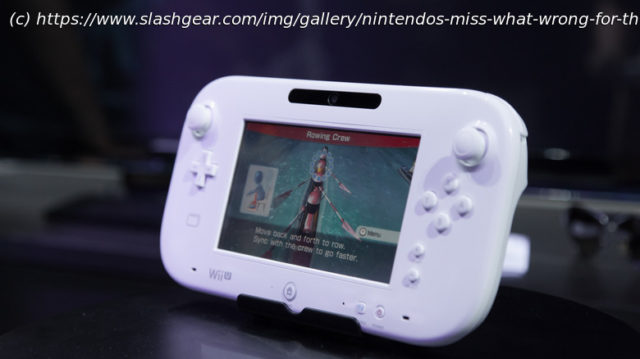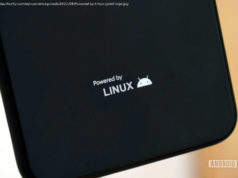The much maligned Nintendo Wii U will go down in history as a rare flop for Nintendo. However, not everything about the console proved to be a negative.
Nintendo is not only one of the biggest names in the gaming industry but also a company that has consistently released successful hardware. Outside of a few notable exceptions — here’s looking at you, Virtual Boy — Nintendo has been at the forefront of each generation of home consoles, launching popular systems such as the NES, SNES, and Nintendo 64. In 2006, Nintendo reached new heights when the Wii became a worldwide phenomenon, and set the company up to enjoy sustained financial success.
Unfortunately, Nintendo subsequently dropped the ball when designing and releasing the next video game console. The Wii U was a critical and commercial failure, marking a dropoff for Nintendo as players flocked to the PlayStation 4 and Xbox One. While the firm has since righted the ship with the sales beast that is the Switch, it is hard to imagine how Nintendo managed to get it so wrong once before.
Here, we look into why the Wii U failed so spectacularly by examining what mistakes Nintendo made, as well as noting some of the things it got right with the console.It released without any great launch games
One of the most essential elements of a successful console launch is the lineup of games that are released alongside the system. Often described as killer apps, a successful console needs to have a slate of great games to grab gamers’ interest and make them choose that piece of hardware over the competitors. After all, if two consoles are released at the same time, and one has much better games available right away, most players will choose the one with the better launch titles.
Nintendo has traditionally launched its consoles with highly acclaimed titles to make the systems attractive propositions. For example, the Game Boy hit store shelves with “Tetris,” the Super Nintendo had “Super Mario World,” and the Nintendo 64 launched alongside “Super Mario 64.” Even the Nintendo Wii had “The Legend of Zelda: Twilight Princess,” but the Wii U had no such game.
The console arrived with a sizable collection of launch titles, including many third-party titles like “Call of Duty: Black Ops II” and “Batman: Arkham City Armored Edition.” However, there were no standout titles that made the Wii U a must-buy, with only the derivative “New Super Mario Bros. U” as a major first-party release.The name didn’t help
Another major contributing factor to the Wii U’s failure to replicate the success of its predecessor was the name of the system. What companies call their products might not seem like that big a deal to some, but it can certainly affect sales, especially when combined with other factors. This has been particularly evident with Microsoft’s Xbox consoles, with the likes of the Xbox One and Xbox Series X|S names drawing derision and even being partially blamed for slow sales.
When it comes to the Wii U, many people felt that the name failed to truly differentiate the new console from its predecessor. The continuation of the Wii moniker suggested it was not necessarily a brand-new console, but rather an upgrade as it didn’t have a unique identity. At the time of the console’s announcement, many journalists and gamers were initially confused, believing that the Wii U was an accessory that could be used with the Wii.
Former Nintendo executive Dan Adelman explained to Polygon in 2014 that the name may have been responsible for limiting the marketing appeal of the Wii U. “But the name Wii U is abysmal,” he said. “I think that cut sales in half right there.”Marketing confusion over the GamePad
In many ways, the marketing of the Wii U was a lesson in how not to market a new home console. Nintendo has even acknowledged that it failed to properly promote the console effectively, especially when it came to explaining exactly what the Wii U was and how it was different from the Wii. The problem was so bad that executives such as Satoru Iwata had to apologize for the issue and outline ways in which the company planned to do better.
A major contributing factor in the failed marketing campaign was the way that Nintendo was unable to convince gamers that the Wii U was worth buying. In particular, the company didn’t fully explain the console, with the focus being entirely on the GamePad. The system itself was rarely shown in advertisements or commercials, with the GamePad regularly taking center stage. This led to the idea that the GamePad was little more than an accessory that could be used with the Wii rather than being part of a brand-new console.The GamePad wasn’t advanced enough
The main draw of the Wii U was undoubtedly the GamePad. This was Nintendo’s attempt to innovate even further after the success of the motion controls used for the Wii. The GamePad was a rather large controller that utilized all of the standard buttons, triggers, and joysticks you’d expect in addition to motion sensors and a 6.






